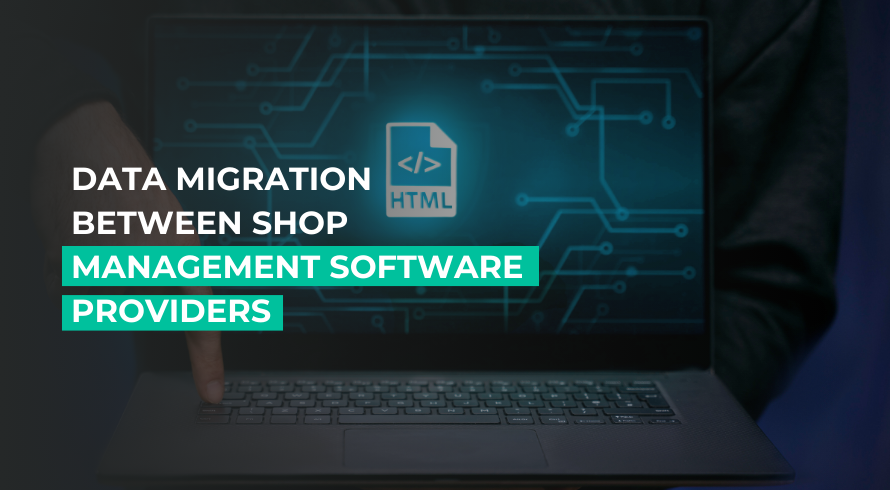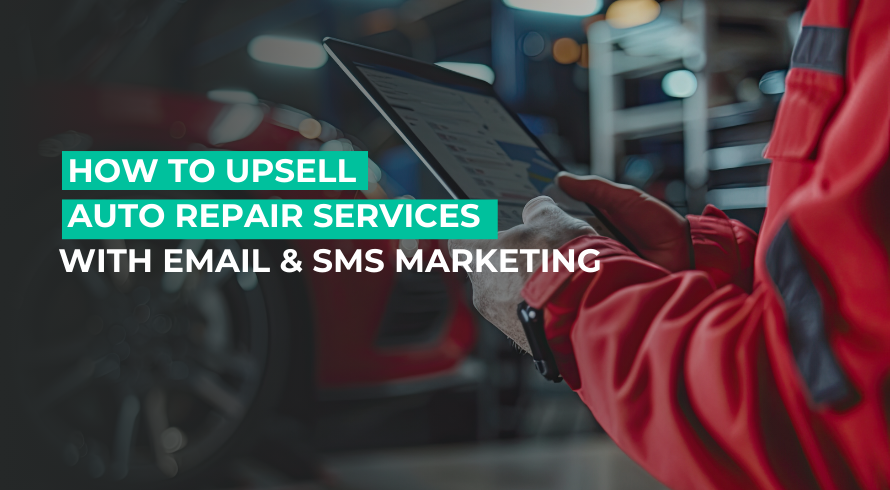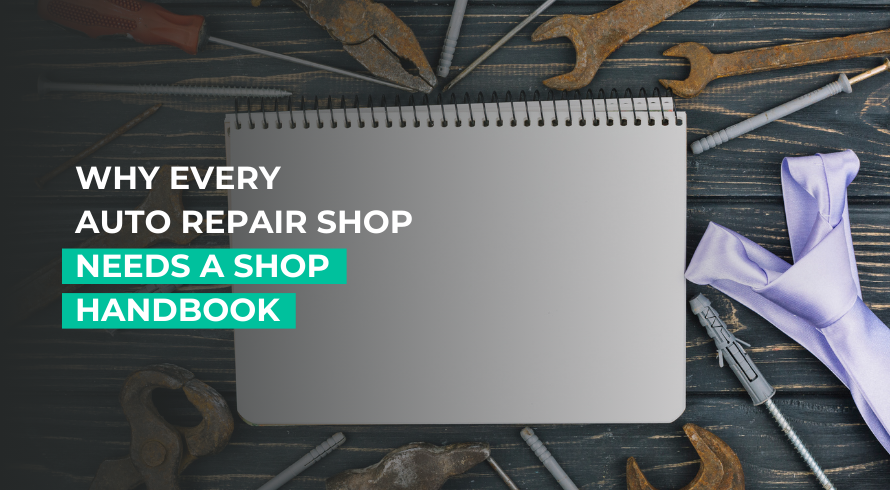Have you ever felt stuck with outdated software, wondering if a move to something better might be worth it?
To switch your auto repair shop’s management software can feel overwhelming, but here’s the thing: data migration doesn’t have to be a nightmare. Whether you upgrade to a more comprehensive system or seek better customer service, migrating your shop’s data is crucial for business continuity. From customer records to service histories, you need a smooth transition to keep your operations running like clockwork.
Let’s dive into how you can seamlessly migrate data between auto repair software providers, making the switch as smooth as possible.
Understanding data migration
What is data migration, anyway?
Simply put, data migration is the process of transferring data from one system to another. For auto repair shops, this usually involves to move essential records like:
- Customer information
- Service history
- Inventory data
- Pricing for services and parts
The trick to a successful migration? Keeping all that data intact and error-free, so your shop can run without hiccups.
Imagine your customer comes in for a routine oil change, and your new system doesn’t show their past services. That’s a customer experience nightmare! To avoid this, data integrity and accuracy are key.
Choosing the right tools and partners
Before jumping into the process, there are some crucial steps you need to follow to ensure a successful migration.
1. Check for software compatibility
Not all shop management systems speak the same “language.” You need to make sure your old data format can be read by the new software.
- How to check data formats: Look into the database types your current software uses—whether it’s a spreadsheet or a more complex system like SQL databases. Make sure the new system is compatible.
- Verify compatibility: Ask your new provider if they support the data format you’ve been using or if they offer tools to convert your data for you. Many providers have specialists who can help you here.
2. Ensure seamless integration
Your new system should not only handle your data but also integrate with other tools you rely on, like accounting software (think QuickBooks) or customer relationship management (CRM) systems.
Why this matters: Imagine upgrading your shop management system but losing the ability to connect it to your accounting software. Now, you’ve doubled your manual work. Integration saves you time and keeps things running efficiently.
3. Choose a provider with support
This is crucial. You’ll want a software provider that offers not only the tech but also a human touch.
- Access to product specialists: These experts can guide you step by step, ensuring the data moves smoothly and nothing is lost.
- Quality customer support: Choose a provider known for excellent service. If issues arise (and they might), having someone ready to troubleshoot can be a game-changer.
- Training and resources: It’s not just about getting the data in place; your team needs to be trained on how to use the new system effectively.
Step-by-step guide to data migration
Here’s a simple roadmap for a smooth migration:
Step 1: Data backup
Always, always backup your data. This way, even if something goes wrong, you have all your important information saved. You can usually access this through your current software provider or their customer service.
Step 2: Data mapping and cleanup
This step involves organizing your data to match the new system’s format. Work with your provider to ensure everything is correctly mapped—whether it’s customer names, vehicle info, or inventory details. Don’t forget to clean up outdated or redundant data!
Step 3: Data validation
Before going live, double-check the data. Work with your product specialist to review everything. Practice workflows in your shop to see if all systems are functioning correctly. This is your chance to spot any errors.
Step 4: Go live
Once everything checks out, it’s time to go live! Your data is now safely transferred, and your team can start using the new system with confidence.
Best practices for a smooth transition
Even with everything mapped out, a smooth migration requires a few more best practices.
1. Training and support
Your staff needs to be comfortable with the new system. Make sure they are well-trained and know where to turn for help if needed.
2. Phased roll-out
If possible, implement the new system in phases. This way, you minimize risks and give your team time to adapt without disrupting the entire shop’s workflow.
3. Continuous monitoring
After the migration, keep an eye on how the new software is performing. Set up regular checks to ensure everything is working as expected. You’ll want to catch any issues early on.
AutoLeap – Your partner in seamless data migration
At AutoLeap, we specialize in making the transition to new shop management software as stress-free as possible. Our dedicated product specialists and support team are here to help every step of the way. From backing up data to training your staff, we ensure you have everything you need for a successful migration.
Don’t just take our word for it. Read what the customers have to say and make your choice!
Closing thoughts
Migrating data between shop management software providers might seem daunting, but with the right approach, it can be smooth and straightforward. By choosing the right tools and partners, mapping out the steps, and following best practices, you can keep your shop running without skipping a beat.




 Demo
Demo







